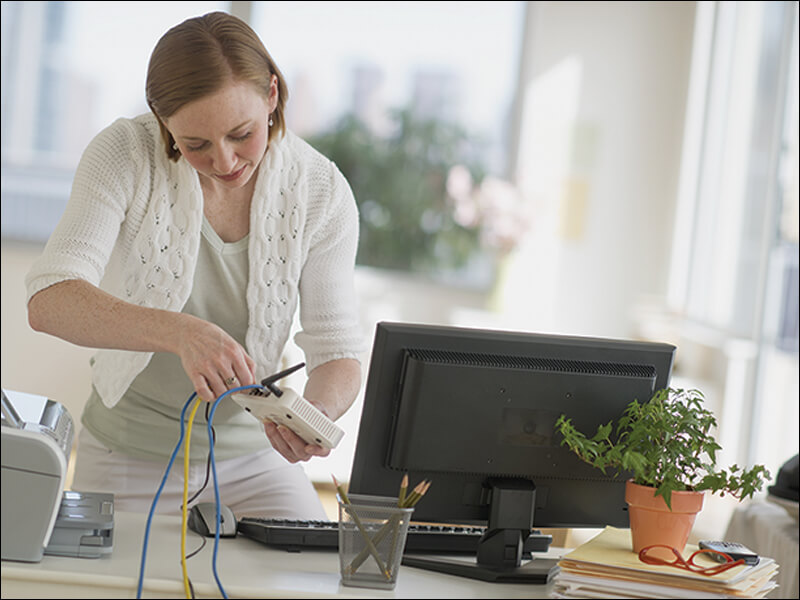Speedy, reliable internet is something people have quickly grown accustomed to. That’s no doubt why dropped WiFi signals can be so frustrating.
Various things can contribute to slow or interrupted Wi-Fi. As a result, there’s no one-size-fits-all solution to address underperforming Wi-Fi. But that’s good news, as it means there’s an assortment of strategies that consumers can try to improve the Wi-Fi in their homes.
• Upgrade your router. Many people rent their routers from their internet service providers, but it may surprise some to learn that they can buy their own. Buying your own router can be beneficial in various ways, not the least of which is it can save money. Router rental fees vary, but they typically cost between $10 and $15 per month. Consumers will save money in the long run by buying their own router rather than renting one from their ISP. When buying their own routers, consumers also can pick from a host of options, including routers with strong performance ratings that may contribute to better WiFi performance.
• Set up automatic firmware updates. It’s easy to forget a router after it’s been plugged in and internet service starts working. However, manufacturers routinely issue firmware updates to improve router performance. Turning on automatic updates may improve WiFi performance, and such updates also can provide a host of additional benefits, including added security measures.
• Relocate the router. PCMag.com notes that the location of the router can affect WiFi performance. If possible, locate the router in the center of the home so it can easily reach all parts of the house. Locating wireless routers away from walls and other obstructions also may improve performance.
• Switch frequencies. Switching frequencies can help wireless consumers whose service might be adversely affected by congestion. Consumer Reports notes that wireless congestion can affect WiFi performance in apartment buildings and densely populated neighborhoods. In such instances, consumers can check their routers to see if they’re running on the 2.4 GHz frequency band. If so, switching them to the 5 GHz band, which has more channels and is likely to be less congested, may improve WiFi performance.
For more information contact reach256, we’d love to help you grow your business in the Decatur, Madison, Huntsville Alabama area.


